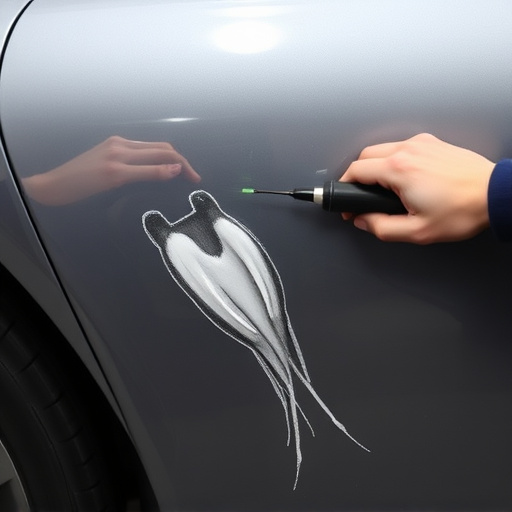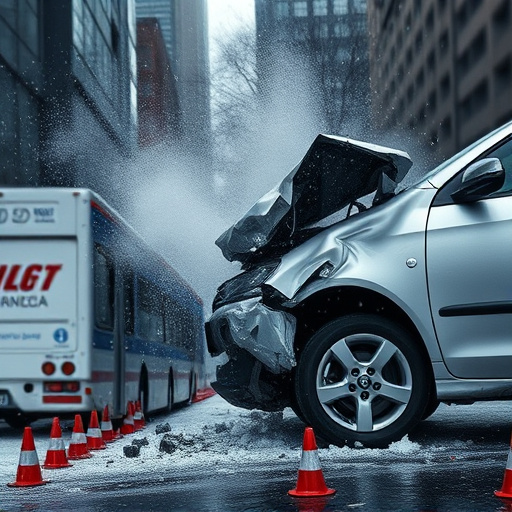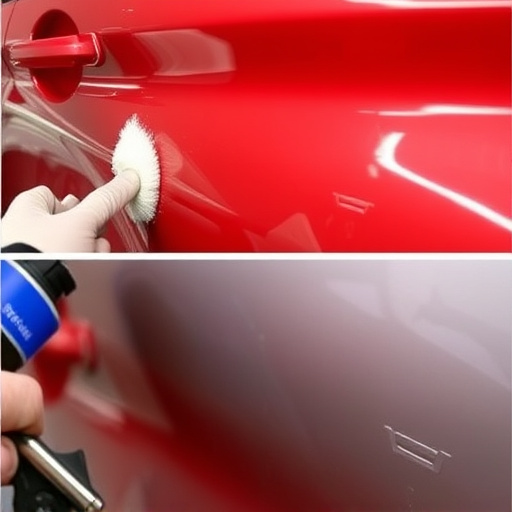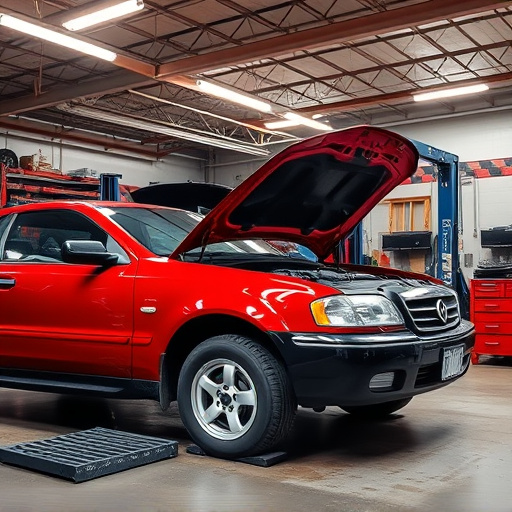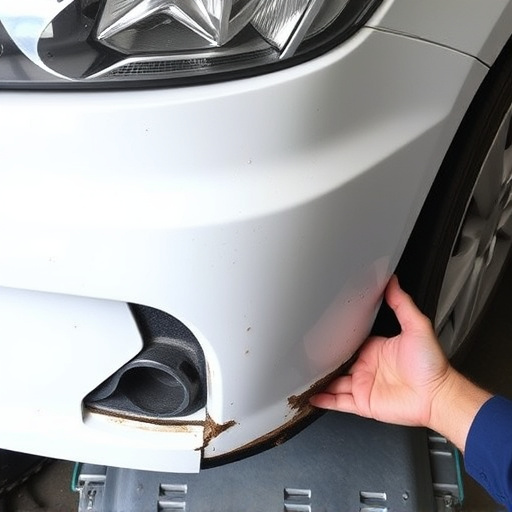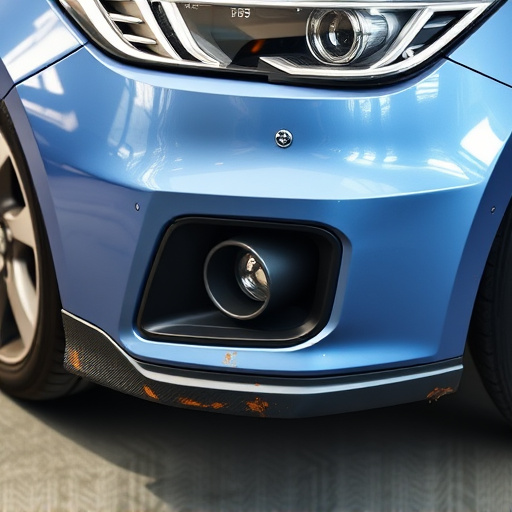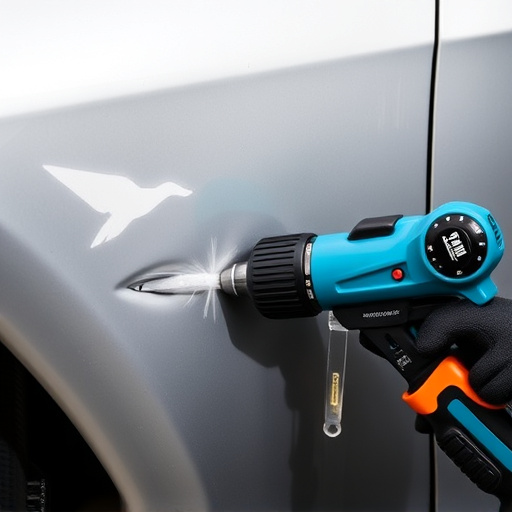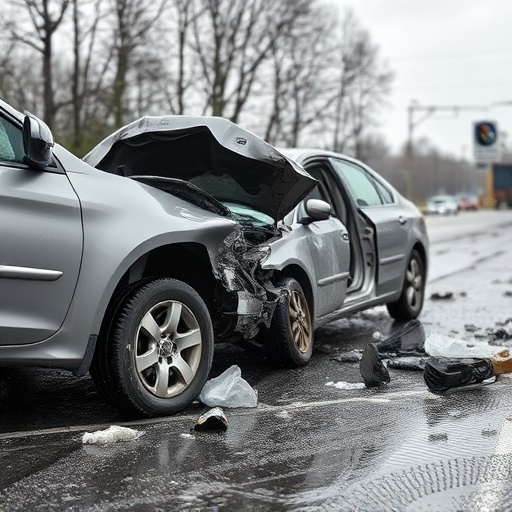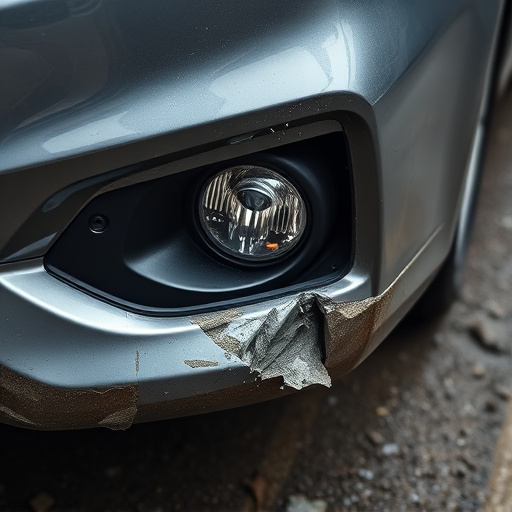Crash worthiness restoration is a critical aspect of vehicle repair, ensuring cars meet safety standards and boosting customer trust. By using specialized techniques and rigorous testing, auto collision centers provide high-quality repairs that prioritize both safety and aesthetics. This process not only restores physical damage but also rebuilds client confidence through transparency, feedback, and continuous improvement, fostering long-term loyalty essential for business growth.
Customer satisfaction peaks when vehicles undergo verified crash worthiness restoration, a cornerstone of modern automotive service. This process, which ensures structural integrity and safety after an accident, builds trust and loyalty among customers. By verifying safety standards, repair shops establish themselves as reliable guardians of both vehicle and driver’s well-being. Post-restoration customer feedback acts as a testament to the success of these efforts, with satisfied clients spreading the word and fostering a reputation for excellence in crash worthiness restoration.
- Understanding Crash Worthiness Restoration: The Cornerstone of Customer Satisfaction
- Verifying Safety: How It Enhances Trust and Loyalty Among Customers
- Restoring Confidence: Measuring Success Through Post-Restoration Customer Feedback
Understanding Crash Worthiness Restoration: The Cornerstone of Customer Satisfaction
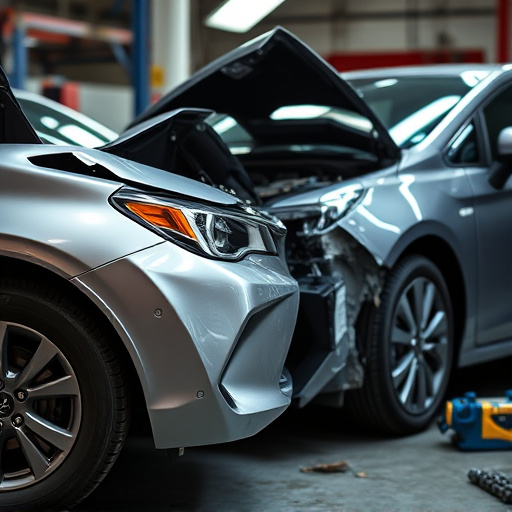
Crash worthiness restoration is a critical aspect that often goes unnoticed until it becomes essential—when a vehicle has been in an accident and needs repairs. It refers to the process of ensuring that a car, after undergoing auto body repairs or vehicle repair services, meets safety standards and returns to its pre-accident condition or even exceeds them. This involves meticulous work from skilled technicians who use specialized equipment and materials to restore not just the physical structure but also the structural integrity of the vehicle.
When customers are informed that their vehicle’s crash worthiness restoration has been verified, it instills confidence in the quality of body shop services provided. They understand that their safety is paramount and that their car has undergone rigorous checks to ensure it can protect them on the road. This transparency leads to higher customer satisfaction, knowing that they’re not just getting their car fixed but receiving top-tier auto body repairs that prioritize both aesthetics and safety.
Verifying Safety: How It Enhances Trust and Loyalty Among Customers
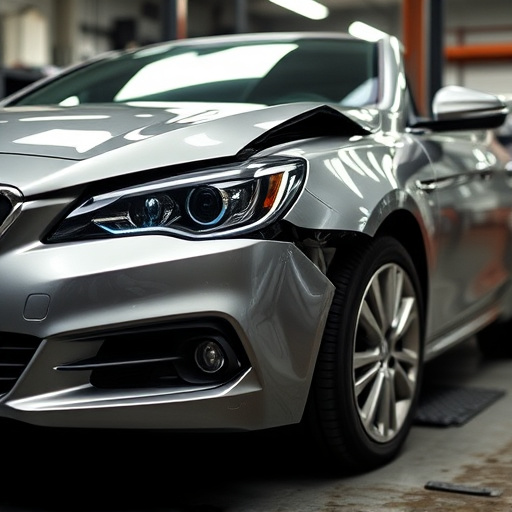
In today’s world, where safety is a paramount concern, verifying crash worthiness restoration plays a pivotal role in fostering customer trust and loyalty. When consumers bring their vehicles to an auto collision center for repairs, they expect not just competent car dent repair or car paint repair services but also assurance that their vehicle will be restored to its pre-accident condition while adhering to the highest safety standards. By implementing rigorous testing and certification processes, businesses in the industry can demonstrate their commitment to quality and safety, significantly enhancing customer satisfaction.
This transparency builds a strong reputation for the auto collision center, positioning it as a reliable partner in the event of a crash. Customers are more likely to return and recommend these centers to others when they know that every repair, from minor car dent repair to complex structural work, is performed with verified crash worthiness in mind. This trust translates into long-term loyalty, ensuring a steady stream of business and contributing to the overall success and growth of the restoration services provider.
Restoring Confidence: Measuring Success Through Post-Restoration Customer Feedback
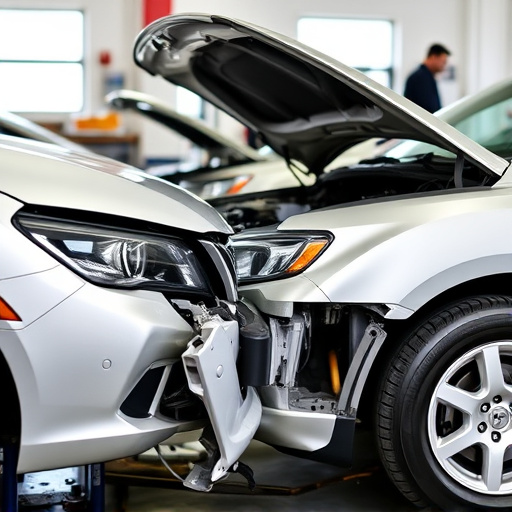
Restoring a vehicle to its pre-crash condition isn’t just about fixing external dents and internal damage; it’s about rebuilding trust. After completing a crash worthiness restoration, collision repair shops can gather invaluable feedback from customers to measure their success. This involves soliciting input on various aspects of the restoration process, including the quality of workmanship, adherence to timelines, and overall satisfaction with the vehicle’s appearance and performance post-repair.
The feedback loop provides a direct line into customer perceptions, highlighting areas where the shop excels and identifying potential improvements. By encouraging customers to share their experiences, repair shops can ensure they are meeting and exceeding expectations for crash worthiness restoration, ultimately fostering stronger relationships based on restored confidence and increased satisfaction.
In conclusion, crash worthiness restoration is a powerful strategy to elevate customer satisfaction. By prioritizing safety verification and restoring vehicles to their pre-accident condition, businesses can foster trust and loyalty among customers. The positive impact extends beyond numbers; it’s measured in the peace of mind returned to vehicle owners and the enhanced reputation built through word-of-mouth recommendations. As the demand for reliable and safe repairs continues to grow, mastering crash worthiness restoration will remain a competitive advantage for any automotive service provider.

